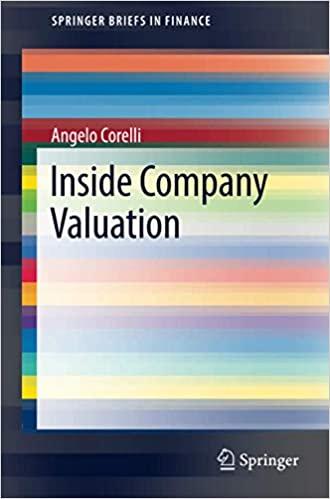Question
1) On June 25, 2014, the futures price for the June 2014 bond futures contract is 118-23. (a) Calculate the conversion factor for a bond
1) On June 25, 2014, the futures price for the June 2014 bond futures contract is 118-23. (a) Calculate the conversion factor for a bond maturing on January 1, 2030, paying a coupon of 10%. (b) Calculate the conversion factor for a bond maturing on October 1, 2035, paying a coupon of 7%. (c) Suppose that the quoted prices of the bonds in (a) and (b) are 169.00 and 136.00, respectively. Which bond is cheaper to deliver? (d) Assuming that the cheapest-to-deliver bond is actually delivered on June 25, 2014, what is the cash price received for the bond?
2) A portfolio manager plans to use a Treasury bond futures contract to hedge a bond portfolio over the next 3 months. The portfolio is worth $100 million and will have a duration of 4.0 years in 3 months. The futures price is 122, and each futures contract is on $100,000 of bonds. The bond that is expected to be cheapest to deliver will have a duration of 9.0 years at the maturity of the futures contract. What position in futures contracts is required? (a) What adjustments to the hedge are necessary if after 1 month the bond that is expected to be cheapest to deliver changes to one with a duration of 7 years? (b) Suppose that all rates increase over the next 3 months, but long-term rates increase less than short-term and medium-term rates. What is the effect of this on the performance of the hedge?
Step by Step Solution
There are 3 Steps involved in it
Step: 1

Get Instant Access to Expert-Tailored Solutions
See step-by-step solutions with expert insights and AI powered tools for academic success
Step: 2

Step: 3

Ace Your Homework with AI
Get the answers you need in no time with our AI-driven, step-by-step assistance
Get Started


